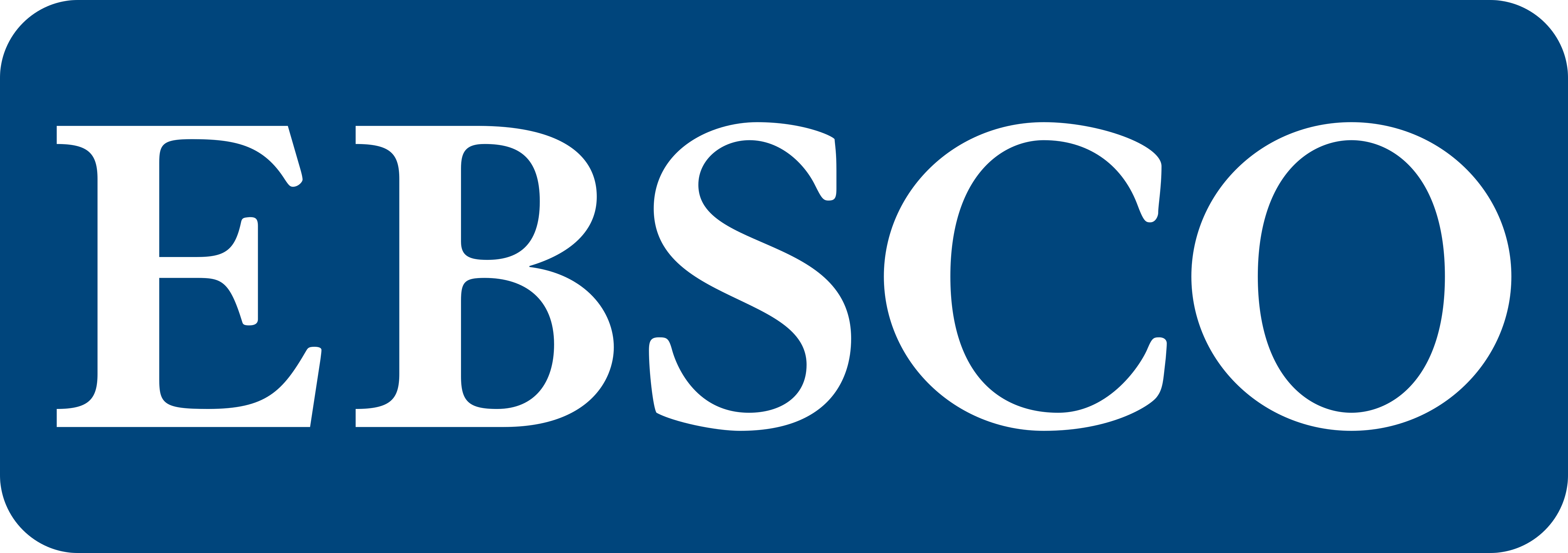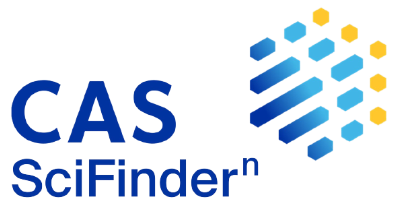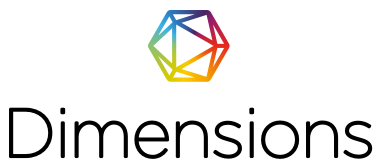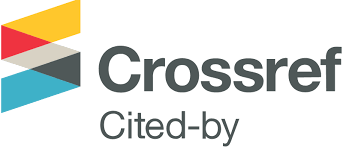Biologically active compounds from the rhizomes of iris hungarica
DOI:
https://doi.org/10.24959/ophcj.16.903Keywords:
isoflavonoids, irigenin, iristectorigenin B, iristectorin B, Iris hungarica, UV-, IR-, MS-, NOESY-, 1H NMR-spectraAbstract
Species of Iris genus (Iridaceae) have a long history of traditional medicinal use in different countries as alternative aperient, tonic, cathartic, diuretic, gall bladder diseases, liver complaints, dropsy, purification of blood, venereal infections, fever, bilious infections and for a variety of heart diseases. The rhizomes of Iris are the rich source of the secondary metabolites, in which flavonoids predominate. The clinical studies of substances from irises gave positive results in the treatment of cancer, bacterial and viral infections. Continuing the search of new biologically active compounds from the plants of Iridaceae family for the first time three isoflavones that are new for this species – irigenin, iristectorigenin B and its glucoside iristectorin B have been isolated from the ethanolic extract of the rhizomes of Iris hungarica Waldst. et Kit., which is widespread in Ukraine. The structure of the compounds is described as 5,7,3’-trihydroxy-6,4’,5’-trimethoxyisoflavone, 5,7,4’-trihydroxy-6,3’-dimethoxyisoflavone and iristectorigenin B-7-O-β-D-glucoside, respectively. The compounds were obtained from the ethyl acetate fraction of the iris rhizomes by column chromatography on silica gel with sequential elution of the chloroform – ethanol solvent with different concentrations. The structure of the compounds has been determined by chemical and spectral methods and in comparison with the literature data.
Downloads
References
- Goldblatt P., Manning J. C. The Iris family: natural history and classification. Portland, Timber Press, 2008, 336 p.
- Rodionenko G. I. The genus Iris L.: (questions of morphology, biology evolution and systematics). British Iris Society, 1987, 222 p.
- Mosyakin S. L., Fedoronchuk M. M. Vascular plants of Ukraine: a nomenclatural checklist. Kiev, 1999, pp.31-33.
- Czerepanov S. K. Vascular plants of Russia and adjacent states (the former USSR), Cambridge, 2007, pp.280-282.
- Kovalev V. N., Mikhailenko O. A., Vinogradov B. A. Chemistry of Natural Compounds, 2014, Vol. 50, pp.161-162. http://rd.springer.com/article/10.1007/ s10600-014-0900-5
- Kovalyov V. N., Mykchailenko O. A., Krechyn A. V. Rastitelnyi resyrsu, 2015, Vol. 3, pp.406-415.
- Krechun A. V., Kovalev V. N., Mykhailenko O. O. Abstracts of Papers. Topical issues of new drugs development: abstracts оf international scientific and practical conference of young scientists and student, Kharkiv, 2015, р.80.
- Williams Ch. A., Harborne J. B., Colasante M. Biochemical systematics and ecology, 1997, Vol. 25 (4), pp.309-325.
- Kassak P. Journal acta universitatis agriculturae et silviculturae mendelianae brunensis. 2012, Vol. LX(8), pp.269-280. http://acta.mendelu.cz/ media/pdf/actaun_2012060080269.pdf
- Kukula-Koch W., Sieniawska E., Widelski J., Urjin O., Głowniak P., Skalicka-Woz´niak K. Phytochemistry reviews, 2013, Vol. 12(4), pр.1-32. DOI: 10.1007/s11101-013-9333-1
- Wang H., Yanmei C., Changqi Z. Mini Reviews in Medicinal Chemistry, 2010, Vol. 10, pp.643-661. DOI: 10.2174/138955710791384027
- Zhou J., Xie G., Yan X. Encyclopedia of traditional Chinese medicines, Vol. 3, Berlin, Heidelberg; New York, Springer, 2011, 669 p.
- Zatylnikova O. A., Osolodchenko T. P., Kovalev V. N. Scientific J. Annals of Mechnikov’s Institute, 2010, Vol. 4, pp.43-47.
- Korulkin D. Y., Abilov Z. A., Muzychkina R. A., Tolstikov G. A. Natural flavonoids. Novosibirsk, Geo, 2007, 229 p.
Downloads
Published
How to Cite
Issue
Section
License
Copyright (c) 2016 National University of Pharmacy

This work is licensed under a Creative Commons Attribution 4.0 International License.
Authors publishing their works in the Journal of Organic and Pharmaceutical Chemistry agree with the following terms:
1. Authors retain copyright and grant the journal the right of the first publication of the work under Creative Commons Attribution License allowing everyone to distribute and re-use the published material if proper citation of the original publication is given.
2. Authors are able to enter into separate, additional contractual arrangements for the non-exclusive distribution of the journal’s published version of the work (e.g., post it to an institutional repository or publish it in a book) providing proper citation of the original publication.
3. Authors are permitted and encouraged to post their work online (e.g. in institutional repositories or on authors’ personal websites) prior to and during the submission process, as it can lead to productive exchanges, as well as earlier and greater citation of published work (see The Effect of Open Access).














